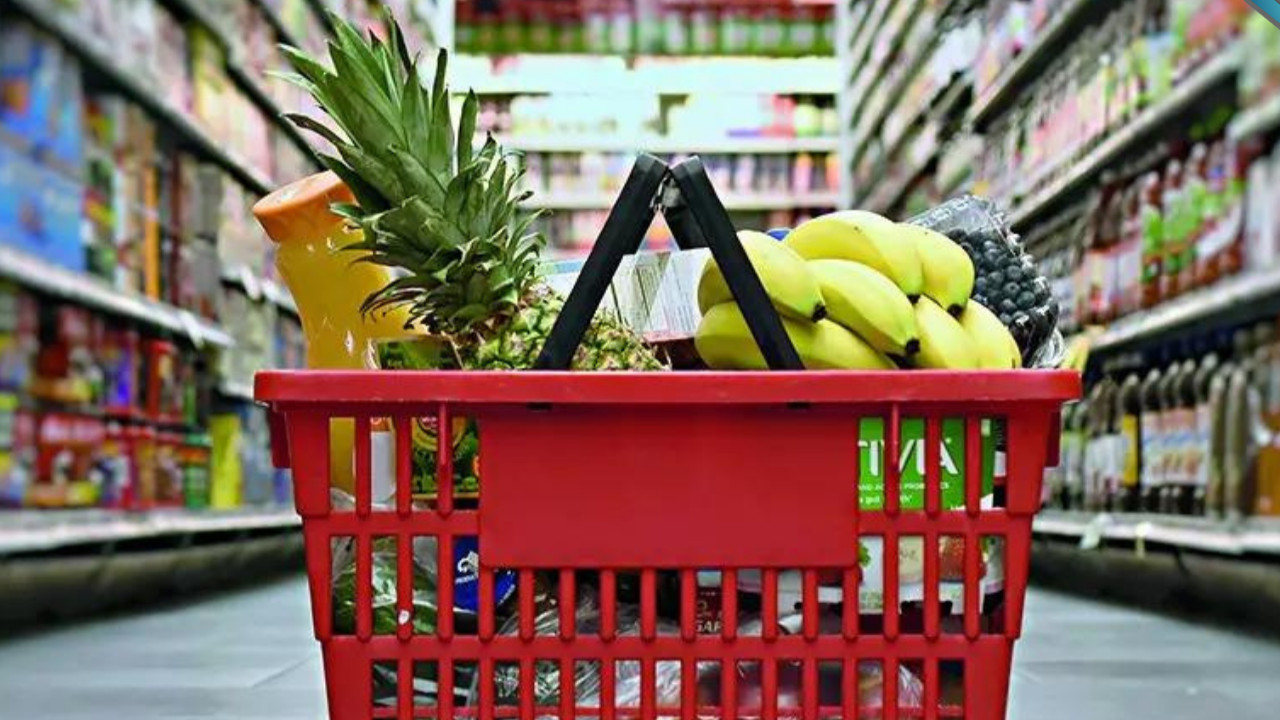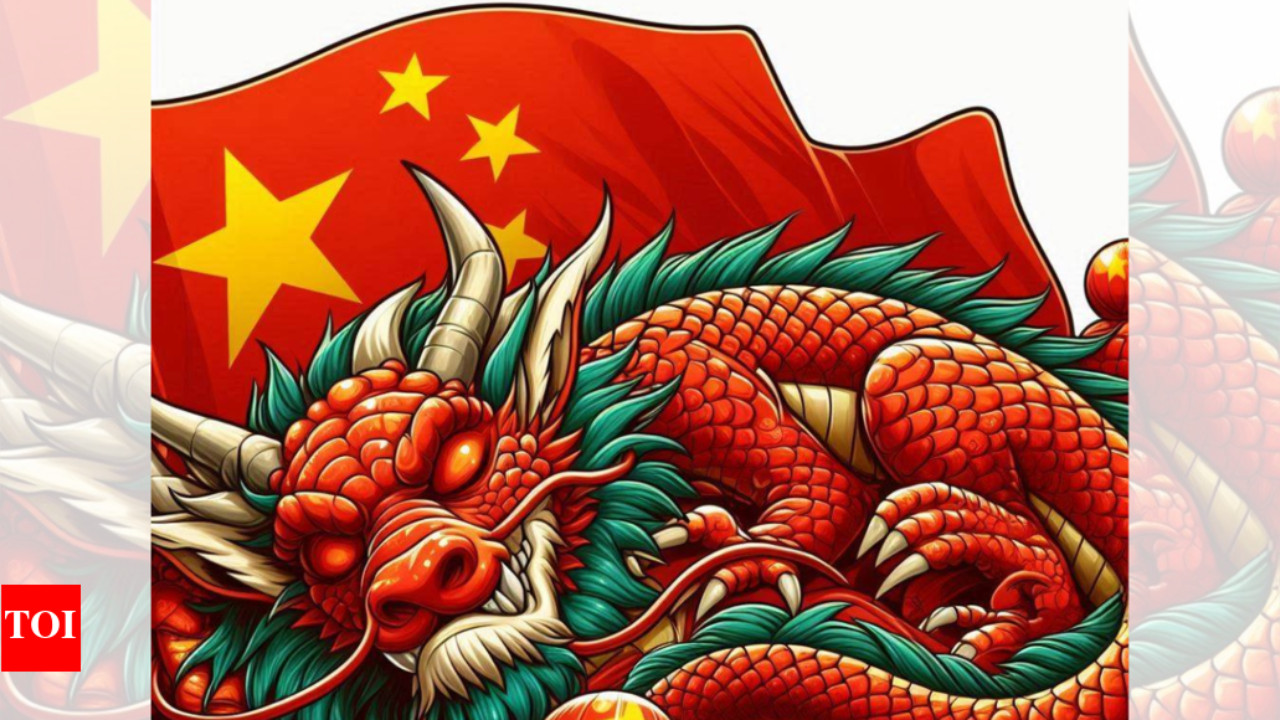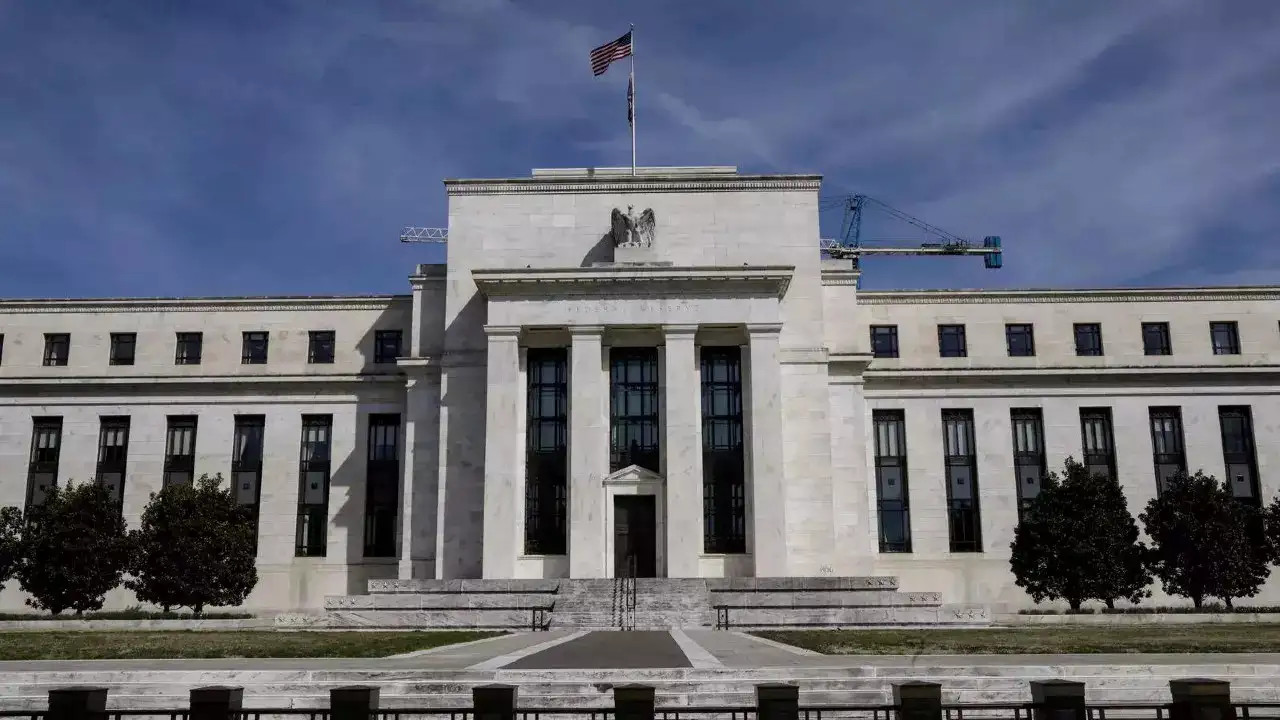India’s wholesale price inflation hit a 14-month low of 0.4% in May, driven by cheaper food, fuel, and metals, according to commerce ministry data. Vegetable prices significantly declined, with notable drops in onion, tomato, and potato costs. Experts, however, caution that geopolitical tensions could impact crude oil prices, potentially affecting the overall price situation in the coming months.
Whew! Wholesale Prices Take a Breather – What Does It Mean For Your Wallet?
Okay, let’s talk prices. Specifically, wholesale prices. You might be thinking, “Wholesale? Why should I care about that?” Well, think of it this way: what businesses pay for their raw materials, manufacturing, and distribution ultimately trickles down to what you pay at the checkout. So, yeah, it matters.
The good news is, we’re seeing some relief. The latest figures on wholesale inflation are in, and they’re showing a cool-down. In fact, it’s the lowest it’s been in over a year. You might remember the buzz around skyrocketing inflation, the constant tightening of belts, and the general feeling of your rupees not stretching as far as they used to. This slowing down, therefore, is something to cheer about.
The headline figure, a drop to a 14-month low, sounds pretty impressive, doesn’t it? But let’s unpack what this actually means. It’s not like prices are suddenly plummeting, reversing all the increases we’ve seen. Think of it more like the pressure cooker is slowly releasing some steam. The heat is still there, but it’s not building quite as intensely.
What’s driving this slowdown? A big part of the story is the base effect. Last year, around this time, prices were really hitting their stride, escalating at a crazy pace because of global disruptions caused by various factors, including geopolitical instability. Compared to that high benchmark, even relatively stable prices today look comparatively lower. It’s a statistical quirk, but a welcome one nonetheless.
Another key factor is the easing of global supply chain bottlenecks. Remember the logistical nightmares of ships stuck in ports, containers in the wrong places, and factories struggling to get essential components? Those problems haven’t vanished entirely, but they’ve certainly eased up. That means businesses are finding it a bit easier to get the materials they need, which, in turn, helps control wholesale prices.
Fuel prices also play a crucial role. We’ve seen some moderation in global oil prices recently, which directly impacts transportation costs and the cost of producing many goods. Every paisa saved on fuel translates to a smaller burden on businesses, and potentially, lower prices for consumers.
Now, the million-dollar question: will this translate into lower prices at your favorite shops and restaurants? That’s where things get a little less clear-cut. While a slowdown in wholesale inflation is a positive sign, it doesn’t automatically guarantee price cuts at the retail level.
Businesses have a lot of factors to consider. They’re still grappling with higher labor costs, increased energy bills, and the need to recoup some of the losses they may have incurred during the peak inflation period. So, while wholesale prices might be calming down, retailers might be hesitant to slash prices dramatically just yet. They’ll likely absorb some of the reduced input costs to improve their profit margins, which, let’s be honest, they’re entitled to do.
However, if this trend of moderating wholesale inflation continues, we should eventually see some relief at the consumer level. Competition will play a crucial role. As businesses see their rivals offering slightly lower prices, they’ll feel the pressure to follow suit to attract customers.
Looking ahead, the big question mark is the monsoon. A good, healthy monsoon season is vital for agricultural output, which directly impacts food prices. If the monsoon is erratic or insufficient, we could see a resurgence in food inflation, which would dampen the positive impact of the wholesale price slowdown.
Furthermore, we need to keep a close eye on global developments. The geopolitical landscape is constantly shifting, and any sudden shocks, like a spike in oil prices or a disruption to global trade, could quickly undo the progress we’ve seen.
So, what’s the takeaway? The cooling of wholesale inflation is definitely a good sign, suggesting that the worst of the price pressures might be behind us. But it’s not a guarantee of immediate and widespread price cuts. It’s more like a slow and steady process, a gradual easing of the burden on businesses and, hopefully, eventually, on our wallets. We need to remain cautiously optimistic, keep an eye on key economic indicators, and hope for a favorable monsoon season. It’s a complex dance between global factors, government policies, and the decisions of individual businesses. But for now, let’s just take a deep breath and appreciate the slight breeze of relief. Every little bit helps, right?







